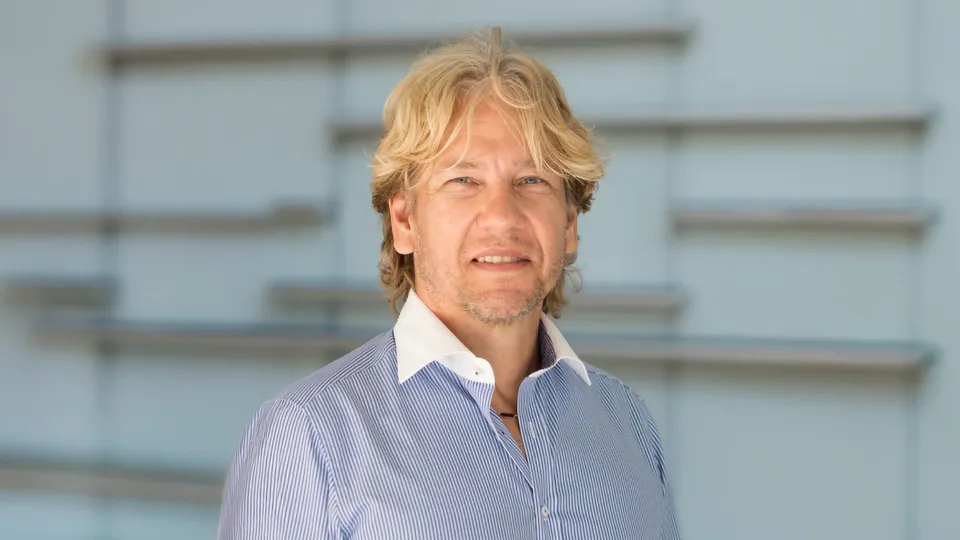KAUST researchers, led by intern Srijith Radhakrishnan, have developed an innovative model for Arabic dialect identification using a parameter-efficient approach that fine-tunes the Whisper speech recognition model, achieving high accuracy with minimal resources and paving the way for broader applications in fields like healthcare and multimodal communication.
About
Arabic, one of the world’s most complex and rich languages, is spoken across many countries in Asia and Africa and is recognized as an official language in more than 22 countries. However, significant differences exist between standard written Arabic and the local colloquial dialects spoken in each region.
Dialect identification is more difficult for speech recognition models than language identification, explains KAUST research scientist Sumeer Khan. “Dialects share similar acoustic and linguistic characteristics compared to different languages. Tiny differences in pronunciation and accent are used as cues to identify dialects.”

